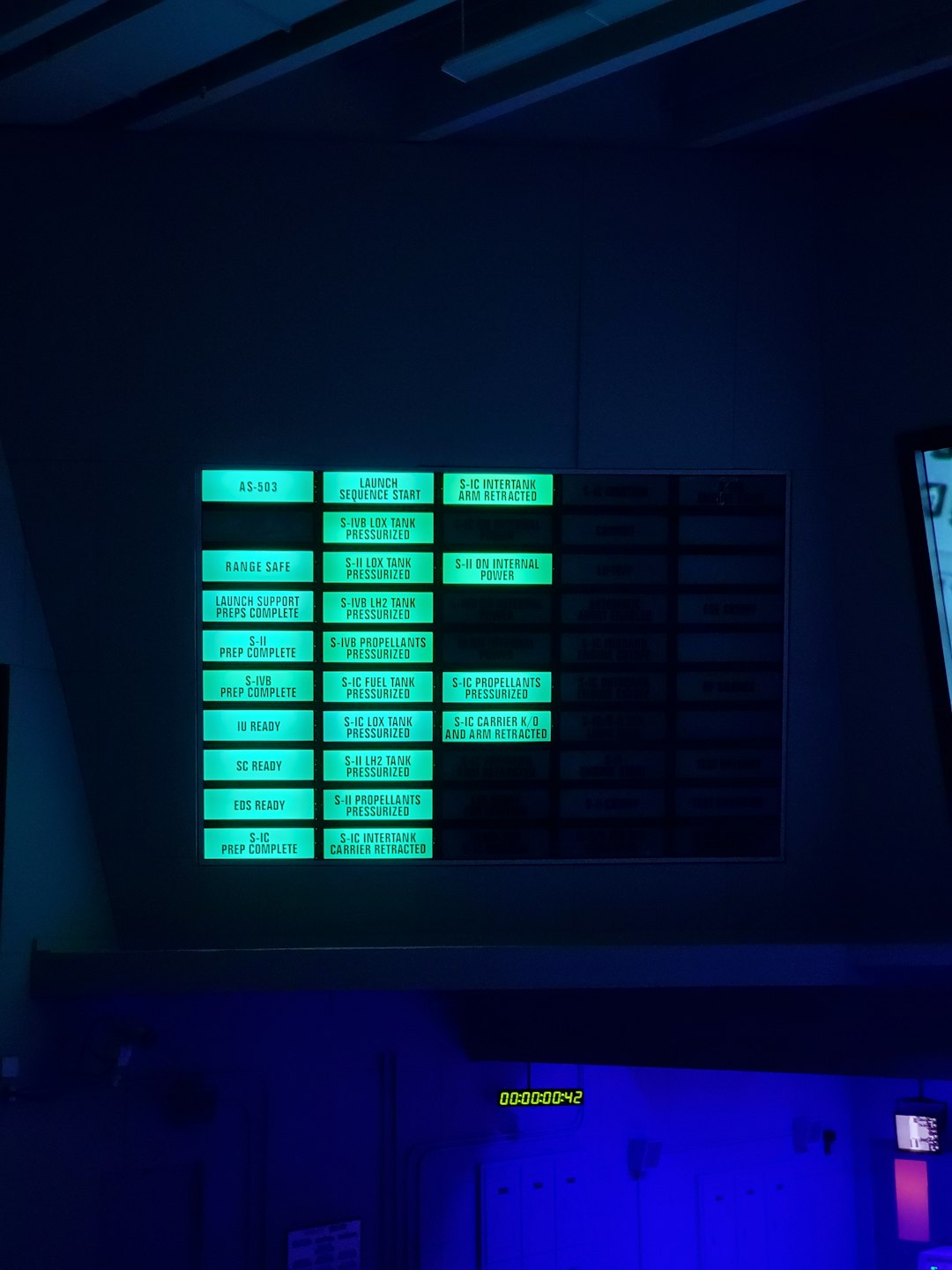In today’s fast-paced digital landscape, businesses are increasingly relying on automation to streamline and scale their video marketing efforts. Automating video marketing strategies may significantly reduce manual workload, enhance targeting capabilities, and improve engagement metrics. However, to determine whether these automated efforts are truly effective, marketers must assess success through well-defined metrics and performance indicators.
Understanding how to measure the success of automation in video marketing is crucial. This involves looking beyond surface-level stats such as the number of videos produced, and focusing instead on performance metrics that truly reflect audience engagement and campaign impact.
Key Metrics to Measure the Success of Automated Video Marketing
There are several quantitative and qualitative metrics marketers should look at when trying to determine the success of their automated video marketing strategies:
- View Count: This is the baseline for measuring content reach. Automated systems often boost volume; tracking views helps quantify reach effectiveness.
- Click-Through Rate (CTR): Effective call-to-actions (CTAs) are crucial, and CTR helps determine whether viewers are compelled to take the next step.
- Conversion Rate: Arguably one of the most important metrics, conversions measure how well the video content is driving desired actions like sign-ups, purchases, or downloads.
- Engagement Time: The length of time viewers spend watching videos is an indicator of how compelling and relevant the content is.
- Customer Retention: Automated video personalization can lead to higher loyalty. Measuring repeat engagement or purchases can validate the effectiveness of automation.

Evaluating ROI from Automation Tools
Automated video marketing software often comes with its own costs—whether in the form of monthly subscriptions, training time, or integration investments. To evaluate return on investment (ROI), businesses need to consider:
- Cost per Lead or Customer: Compare traditional video campaign costs against those generated through automation. Lower acquisition costs typically indicate more efficient operations.
- Time to Market: Automation should accelerate your marketing cycle. Faster video deployment times contribute positively to overall efficiency.
- Scalability: Being able to run more campaigns with the same or fewer resources is a clear sign of successful automation.
Another factor is the integration of AI analytics—tools that help analyze viewer behavior and automatically recommend adjustments. When used correctly, these enable continuous optimization of campaigns, helping marketers make data-driven decisions.
Qualitative Results to Look For
While data is crucial, not all success can be captured through numbers. Marketers should also consider qualitative indicators such as:
- Improved Team Efficiency: Less time spent on repetitive tasks frees up staff for creative and strategic responsibilities.
- Better Customer Experience: Personalized and timely videos often lead to higher satisfaction among viewers.
- Brand Consistency: Automation ensures uniformity across content, strengthening brand identity.

Tools and Techniques for Ongoing Assessment
To ensure the continued success of video marketing automation, marketers need to adopt a cycle of testing, analyzing, and optimizing. Common tools include:
- Google Analytics and Tag Manager for tracking user behavior post video viewing.
- Heatmap tools for understanding where viewer attention is focused in the video.
- CRM integration to correlate video engagement with sales outcomes.
Using A/B testing for different automated sequences and analyzing which brings in better results is another effective assessment method. Regular reporting frameworks should be created to keep stakeholders informed and strategies refined.
Conclusion
Automating video marketing strategies offers businesses a powerful way to deliver consistent, engaging content at scale. But automation alone doesn’t guarantee success. By consistently measuring key performance indicators, factoring in viewer engagement, and refining strategies based on both qualitative and quantitative data, marketers can maximize the return they get from their automated efforts. Success in video marketing automation ultimately lies in the balance between smart technology usage and insightful human creativity.
FAQ: Measuring Success in Automated Video Marketing
- Q: What is the most important metric for evaluating automated video marketing?
A: It depends on your business goals, but conversion rate and engagement time are often the most telling indicators of success. - Q: How often should I analyze performance metrics?
A: Ideally, performance should be reviewed weekly, with deeper monthly and quarterly analysis. - Q: Can automation affect video quality?
A: Only if mismanaged. Smart automation tools actually help maintain consistency and can improve quality through templates and AI-driven enhancements. - Q: Should small businesses invest in video marketing automation?
A: Yes. Automation can help small businesses scale without needing a large marketing team, making it a cost-effective solution over time.



